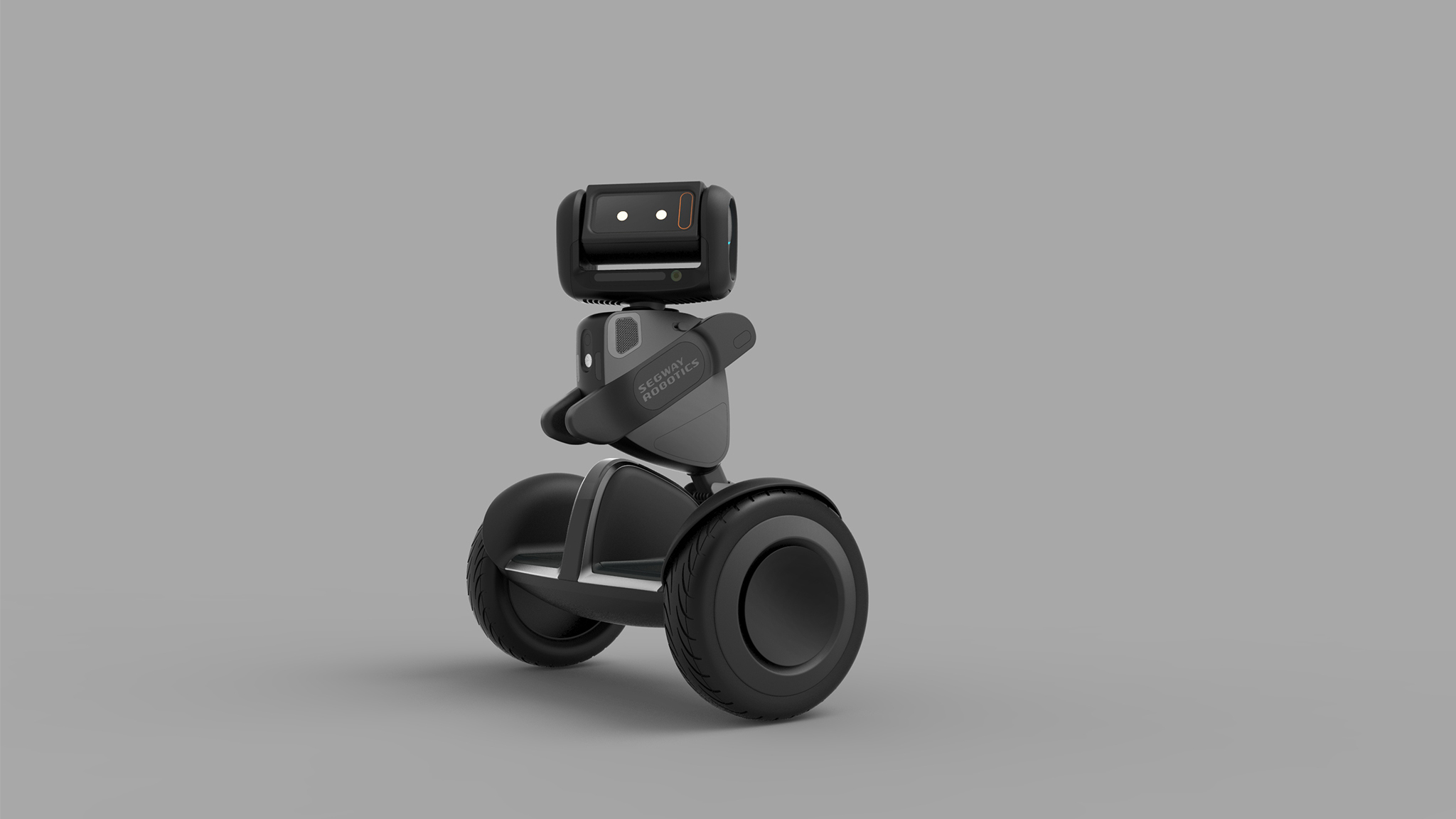Can Robots Aid an Ageing Society?
Fri, 03/03/2017 - 12:00
Sarah Zhang, Business Lead & Head Developer of Partnerships of Segway Robotics, on why and how robotics will play a pivotal role in supporting ageing societies.
Since announcing the Segway Robotics’ Alpha Developer Program for Loomo last year in April, developers around the globe have shown interest in building robotic applications to answer one of the biggest challenges facing modern society today: can robots aid an ageing society? Many believe so, with the medical and eldercare applications having contributed close to 15% of the total 3rd party app proposals that we’ve received from the developer community since then.
I share this vision too, and here are some reasons why I believe that robotics can provide impactful solutions in an ageing society:
Robot Economics
An increasingly ageing population brings about several challenges – a growing shortage of working age labour; and greater need for healthcare and eldercare. Robots provide a complementary source of labour that supports both a shrinking workforce and alleviates the demand for healthcare workers, at the same time helping to keep labour costs down.
It has been shown that healthcare costs are directly correlated to a person’s age as more healthcare services are needed closer to end of life. Robotics have been able to help not only with preventive care but also drive cost optimization, helping to keep costs from infrastructure and treatment down.
Speaking to a dean at Singapore’s leading nursing school, I learnt that over 70% of incidents that led to the elderly being sent to hospital emergency rooms are a result of dehydration. If a robot could be deployed to monitor and persistently remind an elderly patient to drink water, the automation of such a simple task alone could have tremendous impact on the economics of healthcare systems.
Technological Advancement
Breakthroughs in Natural Language Processing and Computer Vision enable much more natural and intuitive ways to interact with technology, via voice commands and gestures. Interactions such as facial recognition free older users from the burden of typing in passwords or navigating through a mobile app interface, where the latter is often a common barrier to technological adoption amongst the elderly.
Robotics and artificial intelligence are helping to drive the trend towards personalisation in healthcare. Through a myriad of sensors and the use of wearable devices, a unique detailed map built on patient data can be created, allowing robots to identify patterns, trends, in turn providing personalised care. This shift towards personalised care ultimately further aids in driving healthcare costs down, allowing physicians and healthcare professionals to access this data and provide targeted, and more effective treatment.
As a person grows in age, so does the difficulty they face when carrying out daily tasks, such as buying groceries or even walking from place to place. Robots like Loomo, are well equipped to make walking and independent travel much easier.
When the elderly lose their mobility, robots can assist with basic tasks like bringing them water, food, and fetching other items, thus reducing their dependence on caregivers.
Loomo’s unique ability to autonomously navigate both indoor and outdoor spaces will be key to providing assistance and support for independent living at all times – a challenge faced by a vast majority of robots which are often limited to indoor areas.
Social Robotics
Contrary to what many would expect, one of the biggest unmet needs amongst long-term eldercare is the need for social interaction. One of the most difficult challenges, is ensuring that a loss of mobility does not lead to inevitable social isolation. Hence robots social and telepresence functionalities can help connect the elderly with their family members and friends when travel is not an option.
We saw a great example of this with DORI, a potential solution which clinched the second prize at the MIT Hacking Medicine Robotics Singapore 2017. DORI taps on Loomo’s speech recognition capabilities to monitor and track dementia amongst the elderly, while providing social stimuli as they interact with the robot. This will hopefully enable medical professionals and family members to assess cognitive decline over time.
How should we build robots for eldercare?
A good framework to consider when designing robotics applications to help with elderly care challenges is to define your target users by their stage of ageing and consider the primary location of your use case. Additionally, the concept of safety, efficacy and health economics are very much applicable to building robotic apps for healthcare.
When we work with healthcare experts, programmers, engineers, and partners like SMART and SGInnovate, we can engage with the people that use this technology to understand local needs, restrictions, and cultural contexts to continue to ensure that what we create with Loomo drives impact and value for local communities. Coming out of the hackathon, we now have a starting point for developing robotic solutions for autonomous wheelchair transport systems, dementia tracking and round-the-clock monitoring for long-term care.
As technology communities begin to embrace the concept of co-creating and designing solutions together with care providers around the world, we are certain that robots will play a central role in aiding ageing societies.
About Segway Robotics Founded in 2016, Segway Robotics is a privately held company that focuses on developing and commercializing personal robots. Segway Robotics Inc. is fully owned by Segway & Ninebot, a series B company. Segway Robotics recently collaborated with SGInnovate as the official robotics platform sponsor for the MIT Hacking Medicine Robotics Singapore 2017.Trending Posts
- How leaders should rethink cybersecurity strategy
- The future of fusion energy: What will it take to bring the power of the stars to earth?
- Keeping satellites safe: How CYSAT Asia 2026 is tackling space cybersecurity
- How an aerospace engineer charted a path to quantum technology
- Scaling nanomaterials is challenging — Meet the startup with a hybrid solution






